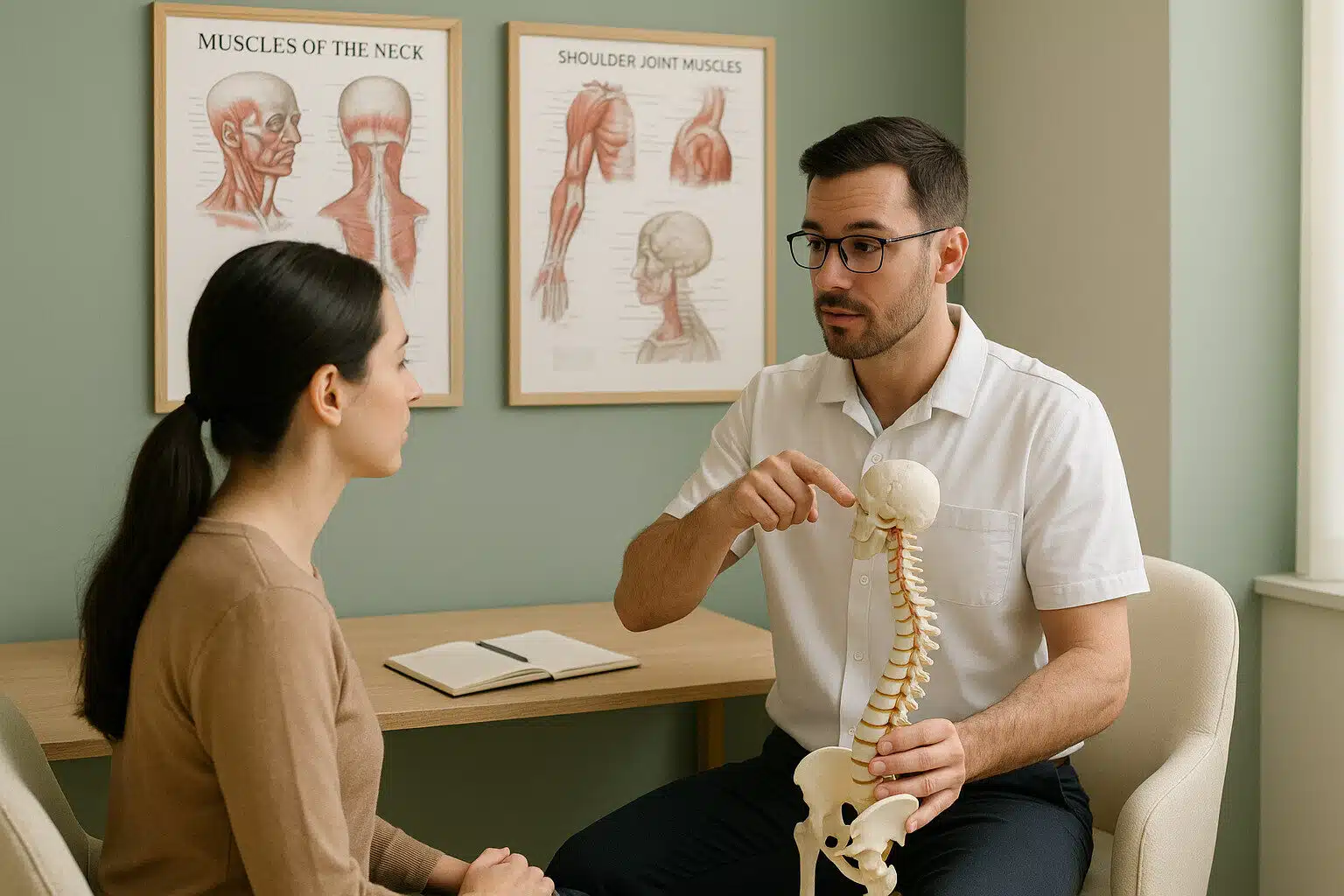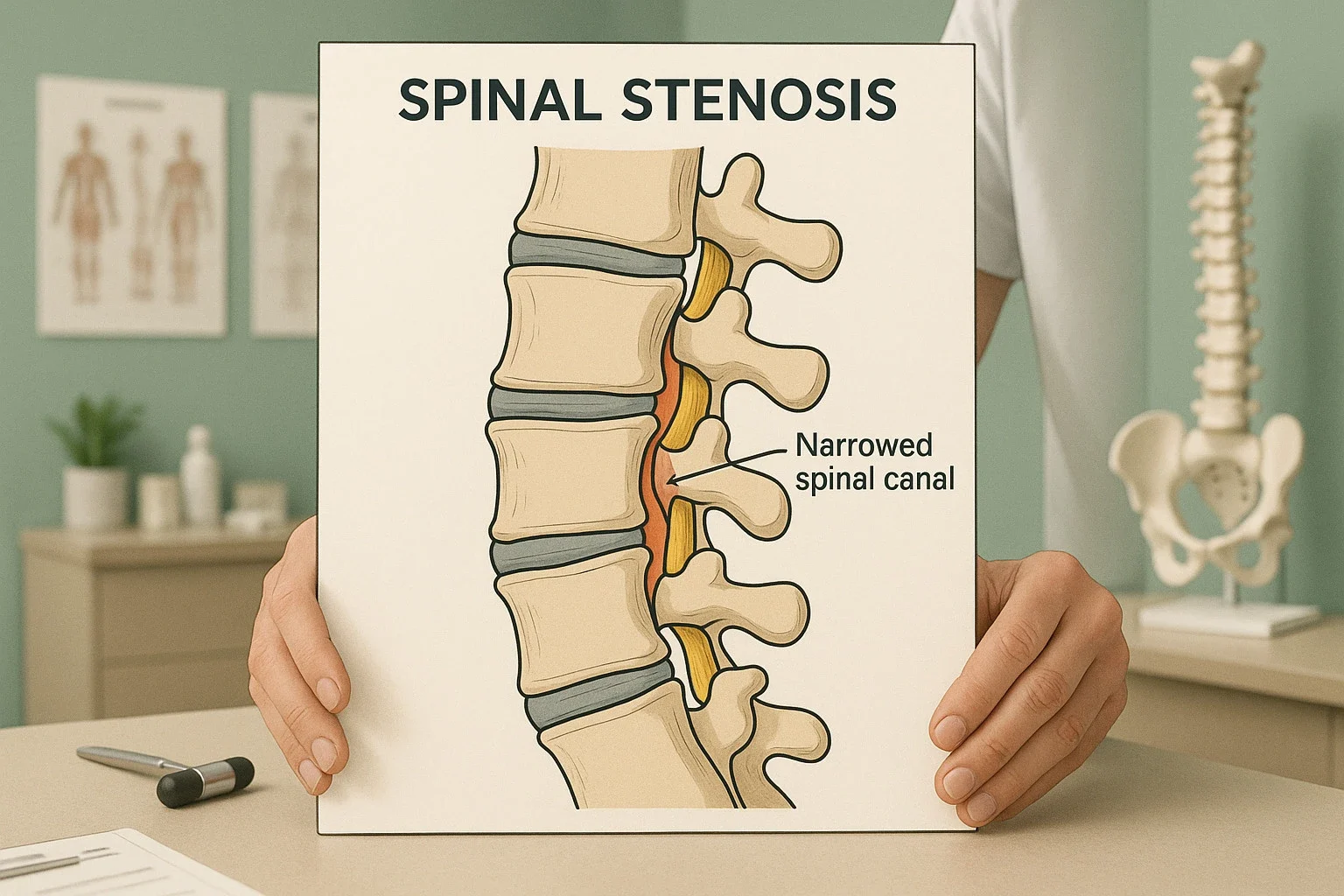The relationship between chiropractic longevity and healthy aging continues to intrigue patients and researchers alike. While spinal adjustments focus primarily on musculoskeletal health, emerging research suggests that proper spinal alignment supports overall wellness in ways that contribute to a healthier, more active life [1][2].
Understanding Chiropractic Care’s Role in Longevity
Chiropractic care focuses on diagnosing and treating mechanical disorders of the musculoskeletal system, particularly spinal misalignments called subluxations [4]. The core theory suggests that proper spinal alignment optimizes nervous system function, which influences overall physiological processes. This approach emphasizes your body’s natural self-healing capacity when structural integrity is maintained.
Dr. Priyank Patel at Brooklyn Chiropractic Care observes that patients who maintain regular chiropractic care often report sustained energy levels and better mobility well into their later years. These observations align with research showing the broader health benefits of maintaining spinal health.
Key Conditions That Impact Healthy Aging
Research shows that chiropractors primarily address conditions that significantly affect quality of life. Studies indicate that 53.8% of cases involve spinal complaints, 17.1% extremity issues, and 12% headaches [1][7]. The most common treatable conditions include:
- Acute and chronic low back pain
- Neck pain and tension
- Tension-type headaches
- Postural syndromes
- Joint dysfunction
These conditions create pain-mediated stress responses that affect your overall health. When you address these issues through chiropractic care, you reduce chronic pain pathways that contribute to systemic inflammation.
Benefits Supporting Healthy Aging
Clinical studies demonstrate significant benefits that support the chiropractic longevity connection. Research shows pain reduction with standardized mean differences ranging from -0.22 to -0.95 across studies [7][8]. More importantly, patients experience a 71.21% overall improvement in quality of life measures according to WHOQoL-BREF assessments [13].
Additional research reveals decreased inflammatory markers like IL-1β and TNF-α, with increased anti-inflammatory IL-10 in laboratory studies [15][16]. While human evidence remains limited, these findings suggest that chiropractic care helps mitigate chronic inflammatory processes linked to aging.
Key Takeaways for Supporting Chiropractic Longevity
- Consistency is key: perform prescribed exercises 3 times per week minimum
- Maintain hydration to support disc elasticity and spinal health
- Schedule ergonomic assessments annually to prevent postural problems
- Report new or worsening symptoms immediately to prevent complications
Consider incorporating posture correction services to address alignment issues before they become chronic problems affecting your daily activities.
Evidence-Based Home Care Strategies
Supporting your chiropractic care at home involves specific evidence-based exercises [17]. Daily glute bridges with 3 sets of 30-second holds strengthen posterior chain muscles that support spinal stability. Seated neck releases with 30-second holds bilaterally improve cervical mobility.
Ergonomic workstation adjustments prove essential for maintaining spinal health. Ensure your monitors sit at eye level to reduce postural strain. Bird dog exercises with alternating limb extensions enhance core stabilization that supports your spine throughout daily activities.
For office workers experiencing chronic pain, explore options for desk job relief through targeted exercises designed for workplace wellness.
What Research Shows About Direct Longevity Effects
Current evidence for chiropractic longevity remains inconclusive regarding direct lifespan extension. A mortality study found male chiropractors had shorter lifespans than medical doctors, showing no direct longevity benefit from care [10]. However, secondary factors show promising support.
For low back pain, spinal manipulation therapy demonstrates moderate-certainty evidence for pain reduction compared to controls [7]. Quality-of-life studies show 70-81% improvement in physical and psychological domains [13]. Mechanistic studies indicate that spinal manipulation modulates inflammatory cytokines and neuroimmune signaling [15][16][19].
While high-quality evidence doesn’t directly link spinal alignment to lifespan extension, the quality-of-life improvements and pain reduction benefits contribute to healthier aging patterns.
Frequently Asked Questions
Does chiropractic care directly extend lifespan?
Current research doesn’t show direct lifespan extension from chiropractic care. However, the significant improvements in pain reduction, mobility, and quality of life contribute to healthier aging patterns that support active longevity.
How does spinal alignment affect overall health?
Proper spinal alignment optimizes nervous system function and reduces chronic pain responses. This helps decrease systemic inflammation and stress responses that contribute to age-related health decline [1][2].
What’s the best frequency for chiropractic visits to support healthy aging?
Frequency depends on your individual condition and goals. Many patients benefit from regular maintenance care every 4-6 weeks, while others need more frequent visits during active treatment phases.
Which exercises best support chiropractic longevity at home?
Evidence supports glute bridges, bird dog exercises, and seated neck releases performed consistently 3 times per week. These exercises strengthen the posterior chain and core muscles that support spinal stability [17].
How does chiropractic care reduce inflammation?
Research shows spinal manipulation decreases inflammatory markers like IL-1β and TNF-α while increasing anti-inflammatory IL-10. This helps reduce chronic inflammatory processes associated with aging [15][16].
What role does posture play in healthy aging?
Poor posture creates chronic stress on spinal structures, leading to pain, reduced mobility, and compensatory movement patterns. Maintaining proper posture through chiropractic care and ergonomic practices supports long-term musculoskeletal health.
Supporting your health through chiropractic longevity practices involves consistent care, proper exercises, and attention to daily habits that affect your spine. While direct lifespan extension isn’t proven, the quality-of-life improvements and pain reduction benefits create a foundation for healthier, more active aging.
Ready to find relief? Schedule an appointment online or visit us at Brooklyn Chiropractic Care, 112 Greenpoint Ave. STE 1B, Brooklyn, NY 11222. Experience relief, Embrace Wellness!
References
- Chiropractic Utilization Rates and Patient Satisfaction
- Mortality Comparing Chiropractors and Medical Practitioners
- Spinal Manipulation Therapy for Low Back Pain
- Spinal Manipulation Effects on Pain Attenuation
- Quality of Life Improvements with Chiropractic Care
- Chiropractor and Medical Doctor Mortality Study
- WHOQoL-BREF Quality of Life Assessment
- Inflammatory Markers and Spinal Manipulation
- Anti-inflammatory Effects of Manual Therapy
- Evidence-Based Exercise Guidelines for Spinal Health
- Neuroimmune Signaling and Manual Therapy



